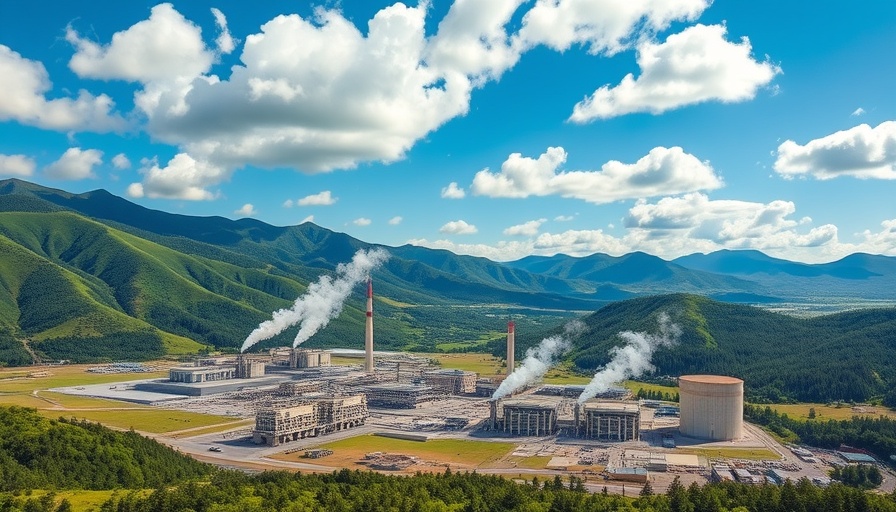
Temasek's Climate Scenario Under Review Amid Rapid Changes
As climate projections continue to evolve and global temperatures rise more quickly than previously expected, Singapore's sovereign wealth fund, Temasek, is proactively assessing its baseline climate scenario of maintaining a 1.8°C temperature increase. While the world grapples with increasing climate risks, Temasek's decision to reassess its climate investments is crucial for safeguarding long-term portfolio resilience.
The Urgency of Climate Action
Recent discussions within investment circles have highlighted the need for a fundamental reassessment of how organizations approach climate change. The latest report from the Principles for Responsible Investment (PRI) underscores that climate risks may have been underestimated, posing systemic threats to financial stability and the global economy. With 2024 marking the hottest year on record, investors recognize the urgency of adapting their strategies to more accurately reflect tangible climate impacts.
Understanding the Tools Available
Temasek is not alone in this reassessment. Many investors are now considering frameworks like the Network for Greening the Financial System (NGFS), which outlines various climate scenarios, ranging from high ambition—aligning with the Paris Agreement’s 1.5°C target—to lower ambitions that allow for significant temperature increases. By tracing the anticipated repercussions of these scenarios, such as increased financial losses from climate-related events, investors can better prepare for future uncertainties.
Environmental Impact of Investment Choices
In its quest for a sustainable future, Temasek has observed that while certain sectors like Singapore Airlines have experienced emissions growth, others, such as Sembcorp Industries, have pivoted towards greener alternatives by divesting from fossil fuels. This balance illustrates a dynamic corporate landscape where companies are recognizing their environmental commitments. As green technology advances and sustainable practices become more integrated into business operations, investments in renewable energy are also expected to soar.
Instituting Change: The Role of Policy
The effectiveness of current environmental policies significantly affects the feasibility of maintaining a 1.8°C climate scenario. Temasek tracks these policies closely, indicating that while 67% of emissions are linked to supportive policies in advanced economies, they still fall short of addressing the global emissions target comprehensively. A diverse range of strategies, including incentives for renewable energy adoption and strict regulations on carbon emissions, is essential for making substantial progress.
Future Predictions: Warming Beyond Projections
Experts warn that if global temperatures exceed 1.5°C, the consequences could be dire, with irreversible changes to ecosystems and significant economic repercussions. Consequently, the re-evaluation of climate strategies by institutions like Temasek plays a pivotal role. By considering potential tipping points, such as accelerated ice melt and deforestation, financial bodies can better gauge the risks connected to their portfolios.
Investing in a Sustainable Future
For eco-conscious investors and communities alike, understanding the implications of these assessments is key to making informed decisions. Emphasizing sustainable investing and supporting companies dedicated to ethical sourcing and reducing their carbon footprint can foster a more resilient economic landscape. Investing in green products, renewable energy, and sustainable agriculture not only aligns with these goals but also significantly contributes to addressing climate change.
Conclusion: The Path Forward
In this moment of urgency and uncertainty, the reassessment undertaken by Temasek offers a valuable lesson in adaptive investment strategies. As the world continues to face the impacts of climate change, staying informed and making proactive choices becomes increasingly essential. We must collectively transition towards eco-friendly practices and embrace renewable energy solutions to foster a sustainable and resilient future.
If you are keen on advancing your journey towards sustainability and contributing to climate action, explore eco-friendly products and practices. Consider supporting green initiatives in your community and reduce your impact on the environment.
 Add Row
Add Row  Add
Add 



Write A Comment